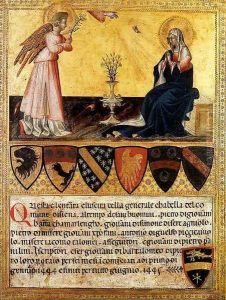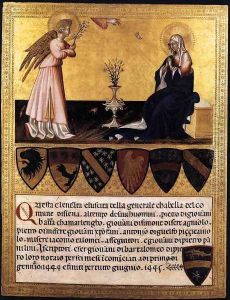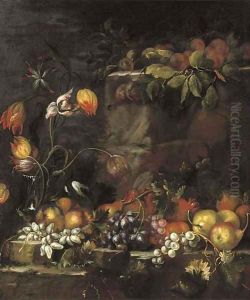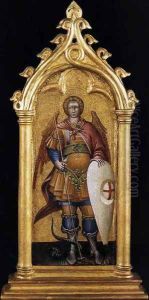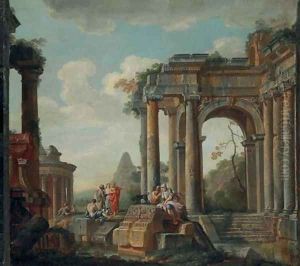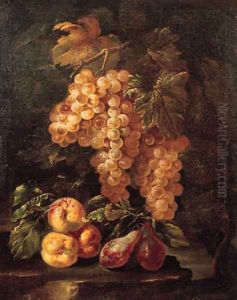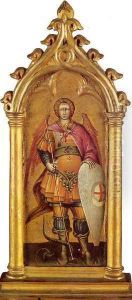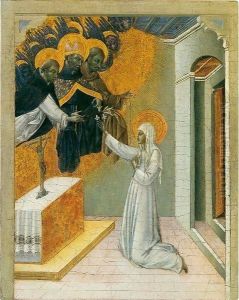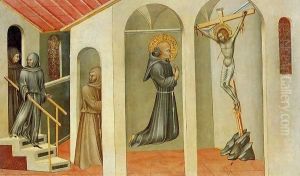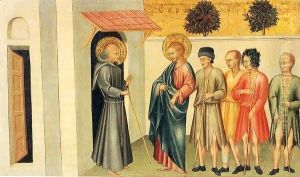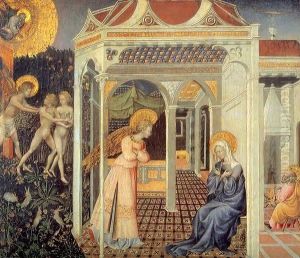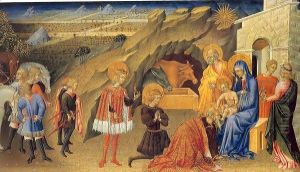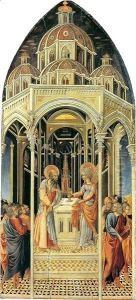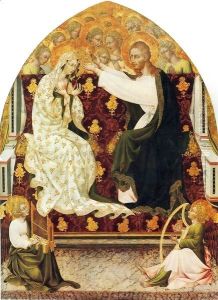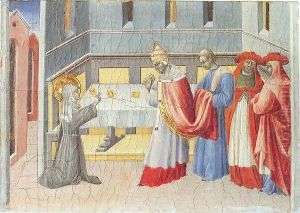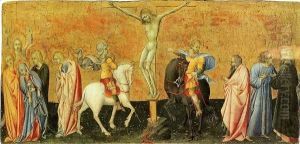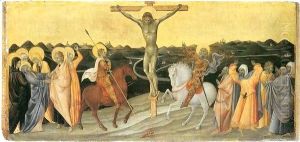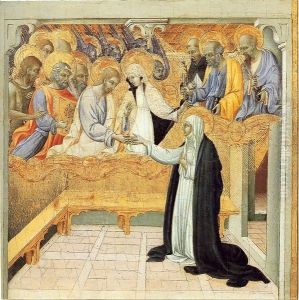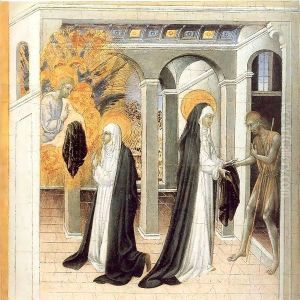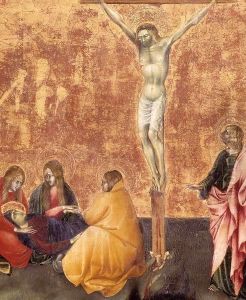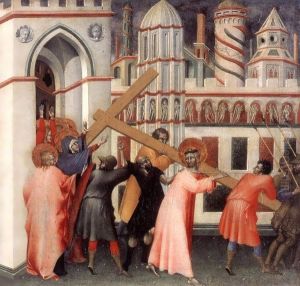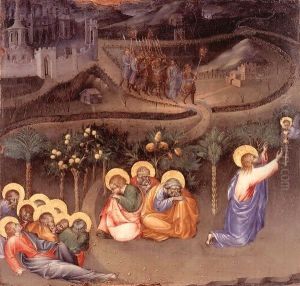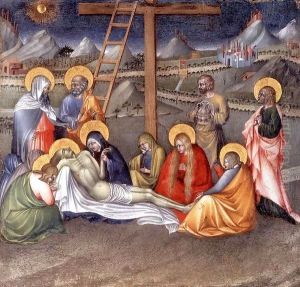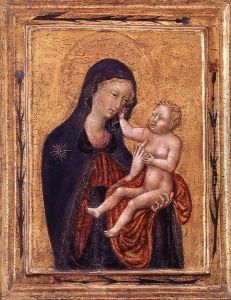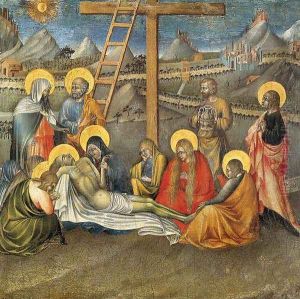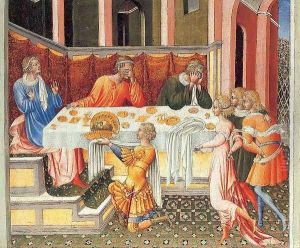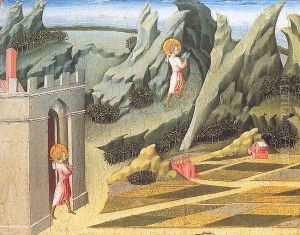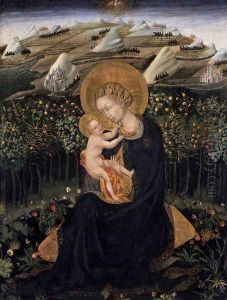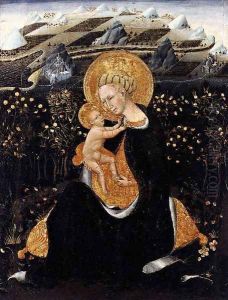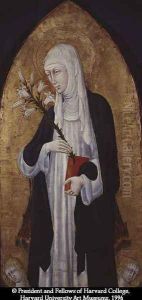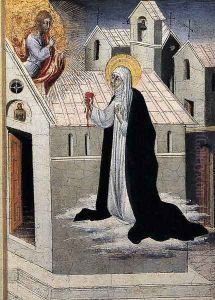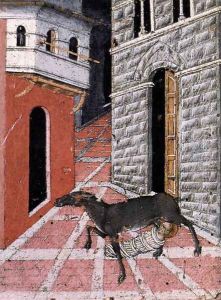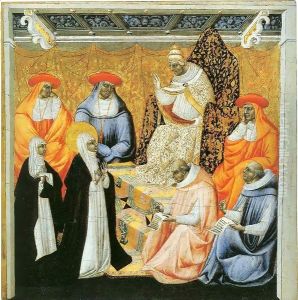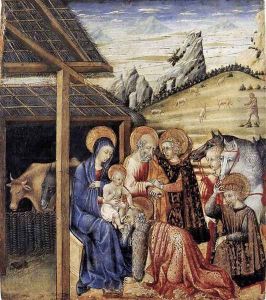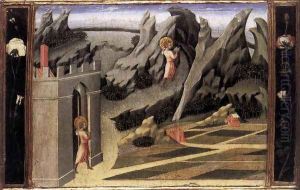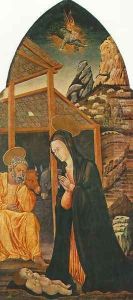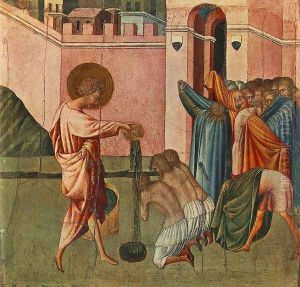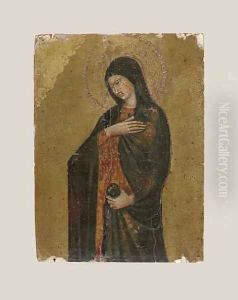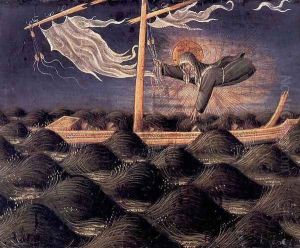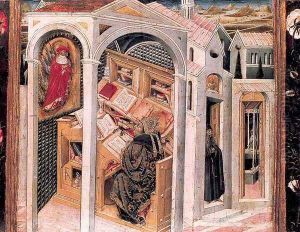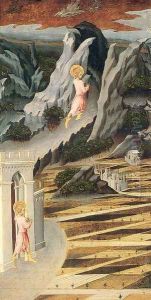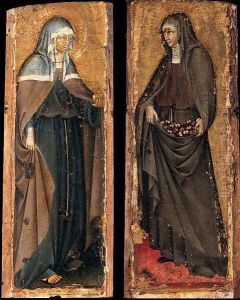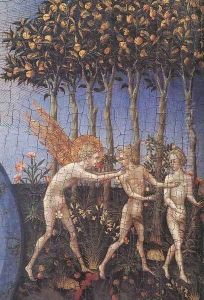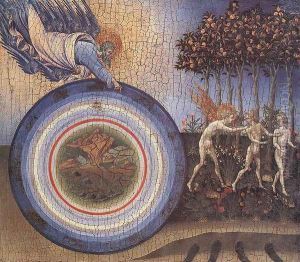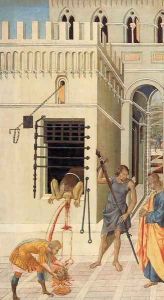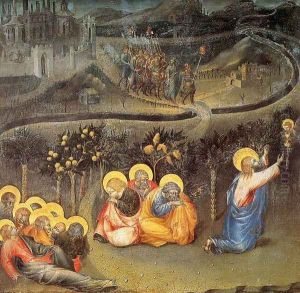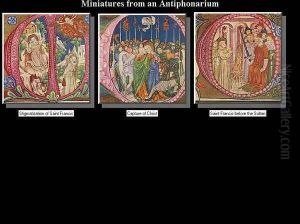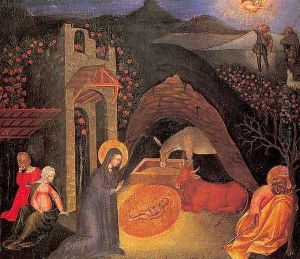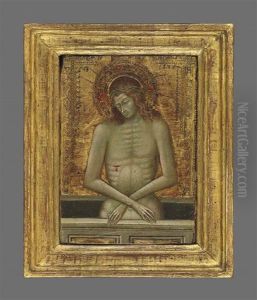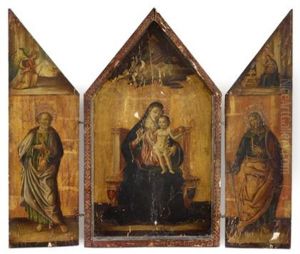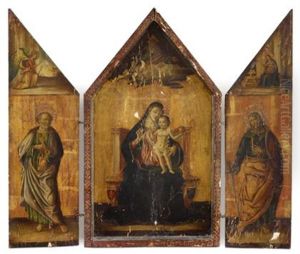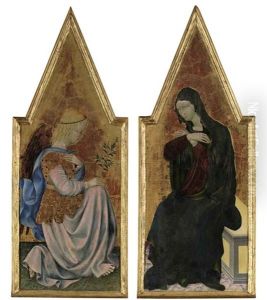Giovanni di Paolo Paintings
Giovanni di Paolo was an Italian painter from the Sienese School during the Early Renaissance. Born in 1403 in Siena, Italy, he was known for combining Gothic and Renaissance elements in his work, which added a dreamlike quality to his paintings. Giovanni's work was heavily influenced by his predecessors in the Sienese School, and his style is characterized by vivid color, elegant line work, and a preference for ornate and narrative-driven compositions.
Giovanni di Paolo's artistic career spanned several decades during which he produced a variety of works, including altarpieces, illuminated manuscripts, and panel paintings. One of his most notable works is the 'Paradise' panel from the altarpiece of the church of San Domenico in Siena. This piece exemplifies his fantastical approach to landscape and figures.
Despite the growing influence of the Florentine Renaissance throughout Italy, Giovanni di Paolo remained true to the distinctive Sienese tradition. His works are often identified by their otherworldly landscapes and mystical themes, which were quite distinct from the naturalism and humanism that characterized the art of his Florentine contemporaries.
Giovanni di Paolo's contribution to art was not limited to painting; he was also a master of manuscript illumination. His illustrations for Dante's Divine Comedy are among the most famous, with their intricate details and imaginative representation of Dante's verses.
The artist died in 1482 in Siena, leaving behind a legacy that has been appreciated for its unique blend of Gothic and Renaissance sensibilities. Today, Giovanni di Paolo's works are considered significant for their artistic merit and for the insight they provide into the Sienese perspective of the Early Renaissance.
